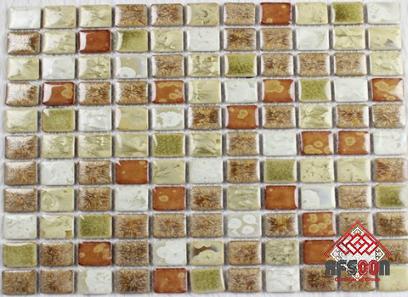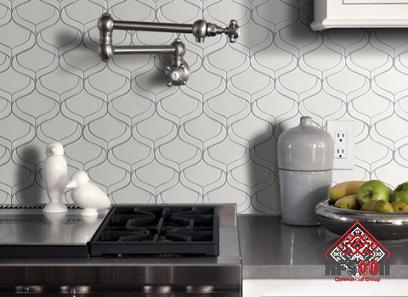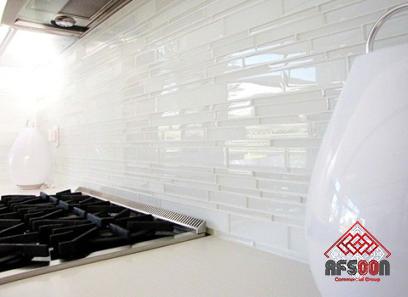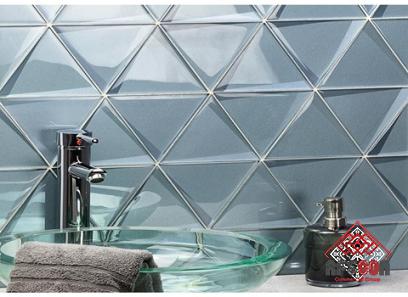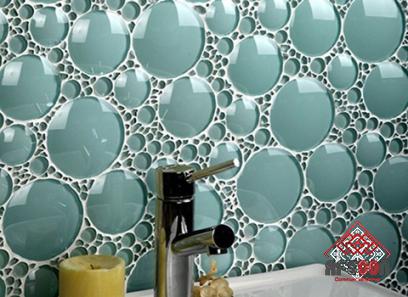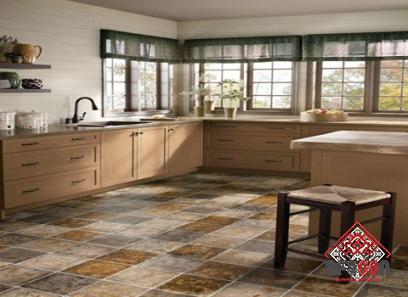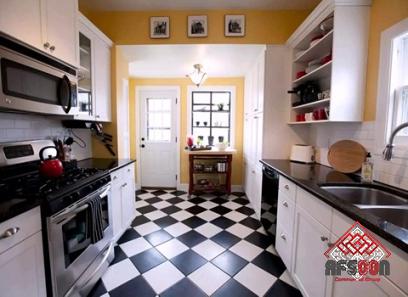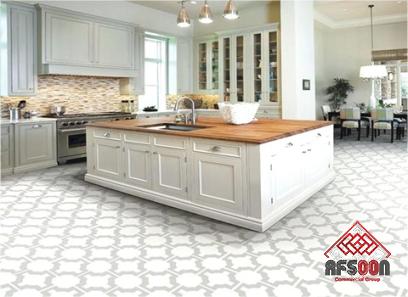porcelain floor tiles non slip
All porcelain and ceramic tile manufacturers subject their goods to a battery of tests to determine the non slip characteristic of their floor tiles
A pendulum test, for instance, mimics the manner in which a heel contacts the floor
In addition, there are ramp tests (such as DIN 51130, DIN 51097 (barefoot), and BS 4592) in which the data are presented differently
Everyone is aware that each shoe has a distinctive sole, with some materials functioning better in dry weather than in wet ones on smooth terrain
All standard testing are conducted under extremely stringent guidelines that cannot possible duplicate the whole spectrum of scenarios that a homeowner may encounter when stepping on a wet porcelain paver
Due of this, the American National Standards Institute (ANSI) developed numerous standards that attempt to classify slipping potential on a particular surface into three categories: “lower likelihood of slipping,” “growing likelihood,” and “higher likelihood
” ANSI A326
3 is an American National Standard Test Method for Measuring Dynamic Coefficient of Friction (DCOF) of Hard Surface Flooring Materials, and while we won’t get too technical, porcelain paver manufacturers in the United States often subject their pavers to this test for slip resistance
Pavers must achieve a score of >0
40 on the DM236/89 B
C
R
A
DCOF in order to pass this exam

It is important to note that even in this document it is stated that many factors influence the likelihood of a slip occurring on a surface, such as the material of the shoe’s sole, its degree of wear, the type and presence of surface contaminants on the paver, the speed and length of a person’s stride at the time of the slip, whether the paved surface is flat or inclined, and how effective the drainage is on the surface of the paver, among other factors
The ANSI test does not claim to be related to actual footwear or to how a person moves on a surface; it is based exclusively on the use of an SBR rubber test “foot
” Essentially, resistance is measured by dragging a rubber foot across a damp surface for a predetermined distance
The surface of porcelain pavers is subject to a meniscus effect, similar to that of glass, which prevents surface water from draining completely
Under these conditions, a porcelain paver may retain a thin layer of water until it evaporates or the edge meniscus is broken
Unlike ceramic or porcelain patio tiles, porcelain pavers are often manufactured with a rough surface that is molded or pressed into the surface of the paver before firing
The degree of relative smoothness or roughness of this textured surface varies widely across a company’s product line and is largely determined by the particular paver design the manufacturer is attempting to make
The problem for consumers is that comparing paver manufacturer specs rarely provides an accurate comparison of slip resistance between pavers
Instead of providing a precise figure, the majority of manufacturers just say that a specific paver passes the appropriate slip resistance test
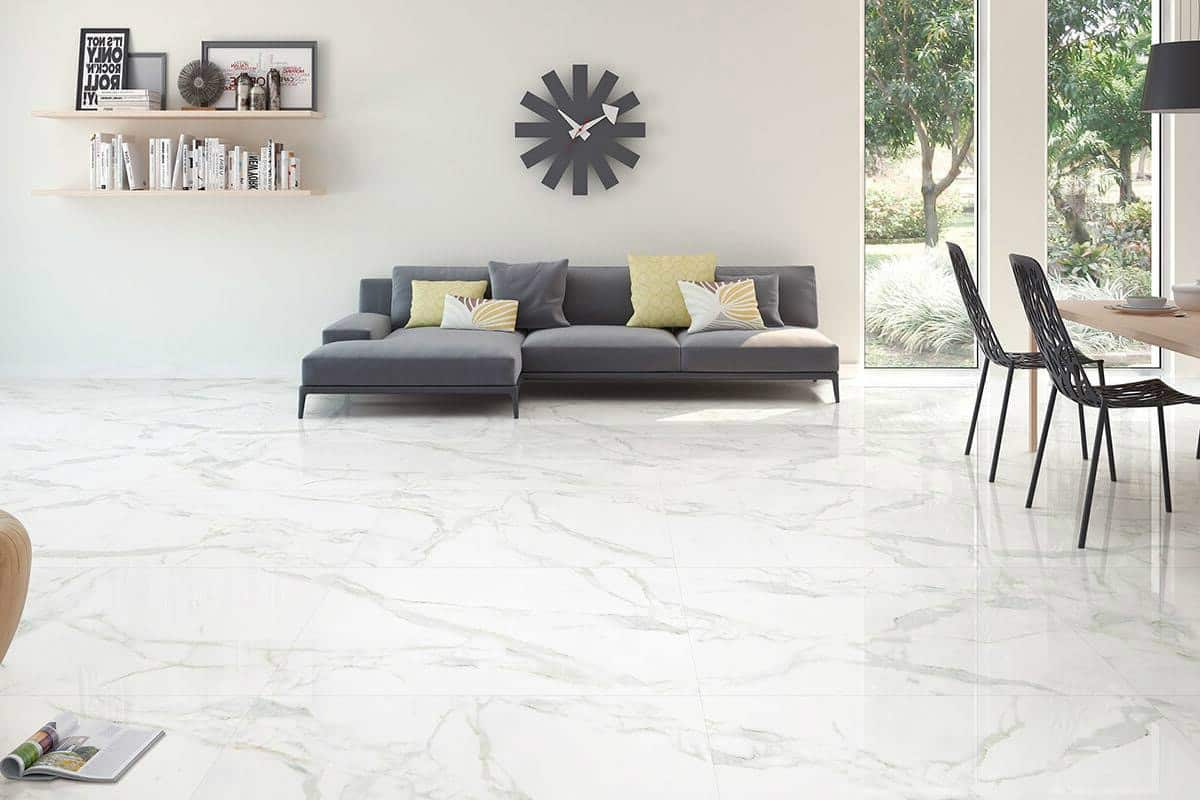
Porcelain pavers have advantages and disadvantages in every environment, but they are designed specifically for outdoor use because they are much thicker than ordinary indoor tiles
Due to their increased thickness, they are less likely to crack or break
Because they only require height-adjustable pedestals at each corner, they can also be used for elevated rooftop decks
Therefore, they are typically ideal for outdoor use
As with any product, the design limitations and technical requirements of porcelain paving must always be considered in connection to the intended application
There are compounds that can be applied to the surface of porcelain pavers to increase their traction and slip resistance if you’re afraid that you might aquaplane or slide on them during a rainstorm and sustain an injury
Popular anti-slip products are moderately acidic liquids that scratch the surface slightly to promote traction between shoe soles and pavers
However, it is ineffectual when porcelain pavers are covered with snow or ice, as expected
This treatment can improve the coefficient of slip resistance of dry and wet porcelain pavers
Under such conditions, porcelain pavers may become slippery regardless of surface treatment
Ceramic and porcelain tile floors are notoriously slippery
The smooth, nonporous texture of tile, which makes it easy to clean, also makes it slippery
A journey to the workplace without extra tile glazing, water, and dress shoes can result in a trip to the emergency department
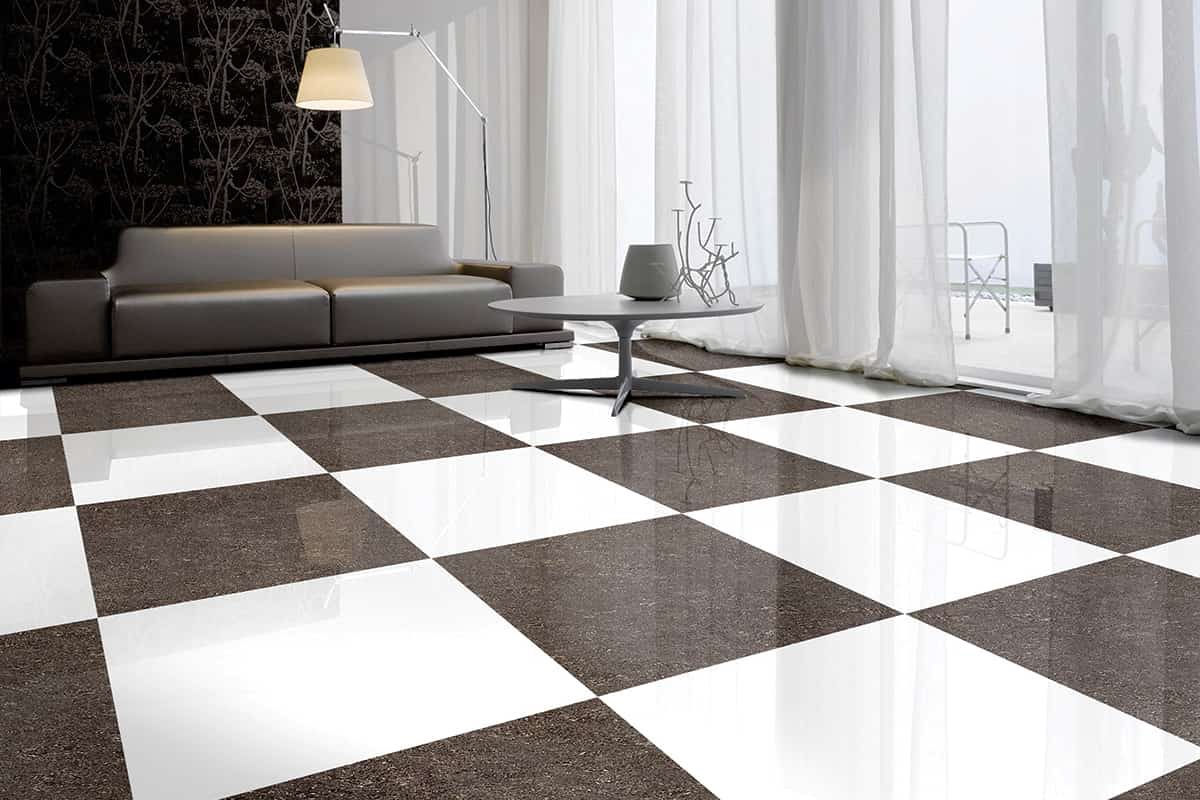
But you can prevent slips prior to purchasing the tile
The slipperiness of floor tiles in dry and wet conditions can be reliably determined
Tile manufacturers offer a coefficient of friction (COF)-based rating system for slip resistance
The COF slip resistance ratings let you select the most suitable tile for the site
In addition to tile’s other benefits, COF ratings are easily accessible to retail consumers because they are made public for every tile sold in North America
With any type of flooring, slipping is a major concern
Small blunders can lead to greater ones and disastrous results
Ceramic or porcelain tile is commonly used as flooring in bathrooms and kitchens due to its high resistance to standing water
However, standing water can cause the supposedly non-slip surface to feel like ice
Electricity, asbestos, and lead-based paint are a few examples of household elements or problems that could potentially be fatal
However, they are not the primary offenders
According to the National Safety Council, slips and falls are the second leading cause of accidental deaths in the home
Many of these falls have fragile ties to the floor
Numerous causes, such as frayed cables, substantial barriers, inattention, and physical limits, may contribute to a person’s fall
It is also important to realize that not all slip-related injuries can be linked to a floor’s lack of slip resistance
According to the National Floor Safety Institute, however, floors and other flooring materials directly cause 2 million fall-related injuries annually
Instead of an elevation, the majority of fall injuries occur on the ground floor
Keeping your flooring materials as slip-resistant as possible makes obvious sense, given the odds against you

The most effective way is to utilize COF ratings
Unless you work in a lab, an engineering office, or an academic setting, you probably used the term “coefficient” for the last time in high school algebra
However, understanding coefficient in relation to hardscaping materials and motion is essential if you’re shopping for flooring for your home
As this is a coefficient, two numbers are involved
Slip resistance is determined by the relationship between these two parameters
A number represents the force necessary to move one surface horizontally over another (such as a shoe) (such as tile flooring)
The second diagram illustrates the force between the two surfaces
Higher COF slip resistance levels are preferred over lower values
Normal COF values for clean, dry items rubbing against one another range between 0
3 and 0
6
The friction between two extremely slippery objects could be as low as 0
04, with a value of zero indicating complete absence of friction
It is possible to smooth and polish natural stone till it resembles glass
Large public and commercial establishments with highly polished granite or marble floors deploy mats at the first sight of precipitation
At the opposite end of the spectrum, terracotta tiles, quarry tiles, and path bricks have high COF values
There are a wide variety of non-slip porcelain tiles for flooring are available in our company, take a tour on our website and contact our sales managers and receive the catalogs

